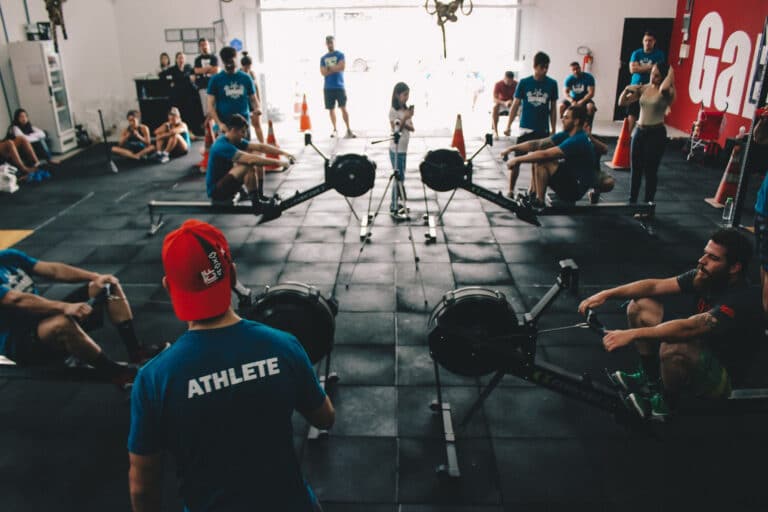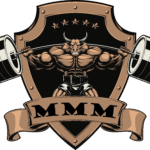Disclaimer: The content of this article is solely for informational purposes and should not be considered medical advice. Always consult with a healthcare professional before starting any new exercise or nutrition program.
One of the key factors contributing to muscle hypertrophy, or growth, is the structure of your workout routine. As a natural athlete looking to maximize muscle gains, finding the best split tailored to your age and fitness level is essential. In this article, we will explore the most effective training splits for hypertrophy and provide recommendations for natural athletes across different age ranges.
- Understanding Training Splits:
A training split refers to the way you divide your workout routine throughout the week, focusing on specific muscle groups or movements during each session. The primary goal of a well-structured split is to maximize muscle stimulation and recovery, allowing for optimal muscle growth.
- Hypertrophy-Focused Splits:
For natural athletes pursuing hypertrophy, the following training splits are most effective:
A. Full-Body Workouts (3 days per week): Full-body workouts target all major muscle groups in a single session. This split is ideal for beginners and older adults, as it allows for ample recovery time between workouts.
B. Upper/Lower Split (4 days per week): This split divides workouts into upper body and lower body days, targeting each group twice a week. It’s suitable for intermediate lifters and those with limited time for training.
C. Push/Pull/Legs (PPL) Split (6 days per week): The PPL split separates workouts into push (chest, shoulders, triceps), pull (back, biceps), and legs (quads, hamstrings, calves) days. This advanced split is ideal for experienced lifters with ample training time and efficient recovery capabilities. We don’t advise this for natural atheletes
- Age-Specific Recommendations:
A. 18-30 Years Old: During these prime years for muscle growth, natural athletes can benefit from the increased training frequency of the PPL split. However, it’s crucial to listen to your body and adjust the split based on individual recovery abilities.
A. 18-30 Years Old: During these prime years for muscle growth, natural athletes can benefit from the increased training frequency of the PPL split. However, it’s crucial to listen to your body and adjust the split based on individual recovery abilities.
B. 30-50 Years Old: For this age group, an upper/lower split is generally more suitable, as it offers a balance between training frequency and recovery time. However, experienced lifters with excellent recovery may still find success with the PPL split.
C. 50+ Years Old: Older adults should prioritize recovery, making the full-body workout split an ideal choice. Focusing on compound movements and incorporating functional training can help maintain muscle mass and overall health.
- Individualizing Your Split:
Ultimately, the best split for hypertrophy will depend on factors such as your age, experience, recovery ability, and personal preferences. Regularly assess your progress and adjust your training split accordingly to ensure continued progress and minimize the risk of injury.
Conclusion:
Finding the best split for hypertrophy as a natural athlete requires careful consideration of your age, experience, and recovery capabilities. Experiment with different training splits and prioritize consistency, progressive overload, and proper nutrition to optimize muscle growth and achieve your fitness goals. As always, these articles reflect our opinions, please consult your physician and nutritionist around starting your personalized weight training routine.





